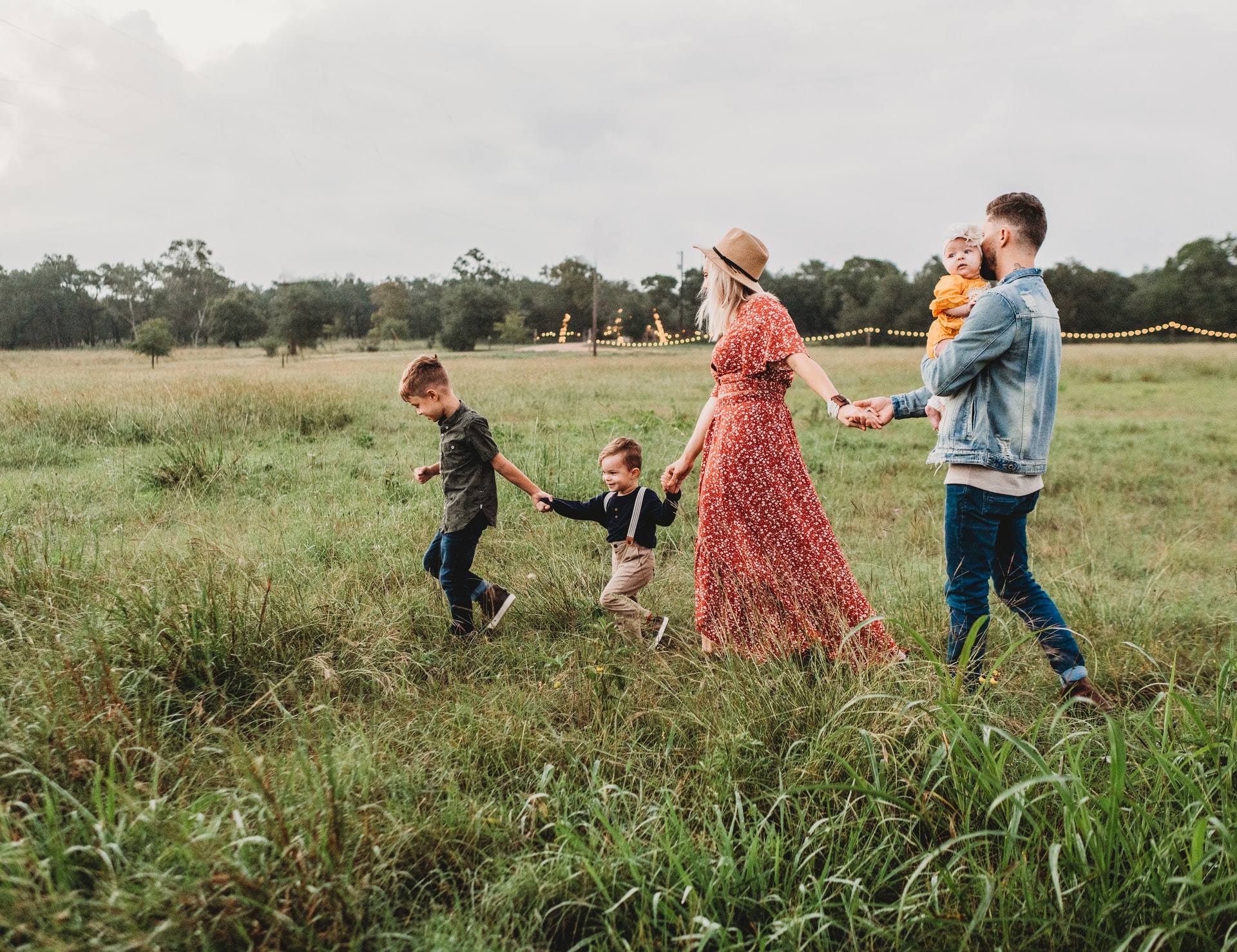Why National Adoption Month?
National Adoption Month reflects the work done by the Children’s Bureau within the U.S. Department of Health and Human Services which aims to increase the national awareness of adoption concerns. It brings attention to children and teens in the foster system as well as the need for adoptive families, emphasizing the importance and value of youth engagement.
Statistics and Important Facts:
- Of the 400,000 children in foster care, approximately 120,000 are waiting to be adopted (U.S. Department of Health and Human Services, 2021).
- About 1 in 5 children in the U.S. foster system are teens (U.S. Department of Health and Human Services, 2021).
- Teens ages 15-18 wait significantly longer for permanency compared to younger children (U.S. Department of Health and Human Services, 2021).
- The risk of homelessness and human trafficking is increased for teenagers in foster care (U.S. Department of Health and Human Services, 2021).
Psychological Impact on Foster Youth.
The 122,000 children and youth in the foster system are at risk of aging out of foster care without permanent family connections. Without permanent family connections upon aging out of foster care, youth are presented with significant challenges and dangers such as homelessness and human trafficking. Further, it is estimated that nearly 80% of foster youth experience significant mental health issues such as post-traumatic stress disorder (PTSD), depressive disorders, anxiety disorders, and substance use disorders (McCann, 2019). One study conducted in 2019 found that though former foster youth are consuming substances at starkly higher rates than the national prevalence and had a high rate of housing instability after leaving child welfare; however, greater preparation for independence among former foster youth was associated with decreased substance use (Greeno et. al., 2019). Important factors contributing to mental and behavioral health of foster youth include complex trauma, broken family relationships, lack of stability in light of frequent changes and transitions, as well as lack of adequate mental health services. With this in mind, mental health care in the form of therapeutic and psychiatric services is critical for foster youth, as they are a higher-risk, underserved population.
How to help.
Volunteering is one of the most direct ways to help foster youth. Through AdoptUSKids, those interested can become court-appointed special advocates (CASA). CASA volunteers gather information from those in a child’s life which is used to inform judges of the child’s needs; this information is also used to evaluate the best permanent home for the child. Those interested in volunteering can also become a mentor for a child in foster care which could entail tutoring, creating lifelong friendships with youth, and helping them build self-esteem; the AdoptUSKids website also provides links to mentorship programs and related resources. Another way to volunteer is through fundraising for youth since the population is in great need of back-to-school supplies, suitcases, and toys. Donation of money or supplies is appreciated. The National Foster Care and Adoption Directory through the U.S. Department of Health and Human Services can be used to find a local agency to partner with to help children in foster care.
Online Resources
- U.S. Department of Health and Human Services – provides resources for both legal professionals and youth in foster care. Resources for youth include other adoptees’ stories as well as information about grief and trauma these individuals may experience.
- AdoptUSKids – “a national project working to ensure that children and teens in foster care get safe, loving, permanent families.” This website provides information about foster youth, connects families to children in the foster system, and provides assistance with the adoption process.
- Child Welfare Information Gateway – connects child welfare and related professionals to robust resources to help protect children and youth as well as to strengthen families.
References
Greeno, E.J., Lee, B.R., Tuten, M. et al. (2019). Prevalence of Substance Use, Housing Instability, and Self-Perceived Preparation for Independence Among Current and Former Foster Youth. Child Adolesc Soc Work J 36, 409–418 (2019). https://doi.org/10.1007/s10560-018-0568-y
McCann, M. (2019). Mental Health and Foster Care. National Conference of State Legislatures. Retrieved November 4, 2021, from https://www.ncsl.org/research/human-services/mental-health-and-foster-care.aspx.
U.S. Department of Health and Human Services. (2021). About national adoption month – national adoption month – child welfare information gateway. Retrieved November 4, 2021, from https://www.childwelfare.gov/topics/adoption/nam/about/.


